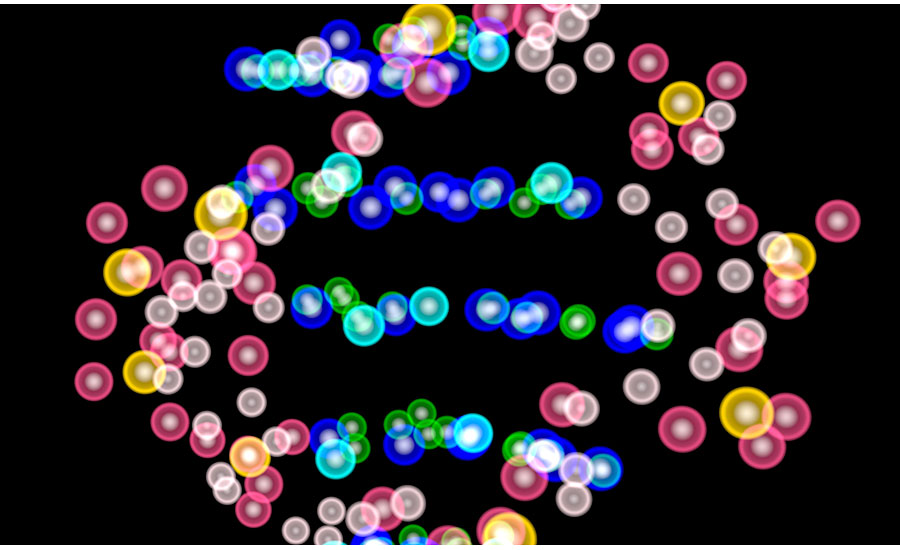In the last few years, we have seen the public health community (and regulatory agencies) utilize a new microbial analytical method that will ultimately be a game changer — genome sequencing (GS). By plotting the complete DNA of microorganisms and identifying minute differences between the DNA strains, it is possible to identify whether two individual samples are related with a degree of specificity unobtainable before. Unlike other methods, GS truly is the “fingerprint” which has implications in foodborne outbreaks and in regulatory verification testing.
What is GS?
The genome is the genetic material of the organism, the complete package. The word “genome” comes from combining the words gene and chromosome. By analysis, it is possible to plot out the entire DNA sequence of an organism. The entire DNA sequence for humans is huge. For each of our 23 chromosomes, there are between 48 to 250 million nucleotides (A,C,G,T), for a grand total of 3.2 billion nucleotides. Microorganisms, such as Salmonella, are short in comparison, around 4.5 million nucleotides depending on serotype.
GS analysis is looking for differences at a single nucleotide — A, T, C or G — in the genome that is different between members of the same species. The differences are referred to as a single nucleotide polymorphism (SNP); a change of a nucleotide at a single base-pair location on DNA.
At present, researchers are not able to assign a meaning to any specific SNP base-pair location, such as which SNPs signify virulence, geographic origin, antibiotic resistance, etc. Until that occurs, the federal and state governments are analyzing the entire genome to determine whether there is a commonality between two samples.
It is viable for even state laboratories to run the entire GS — it takes about the same amount of time as a pulse field gel electrophoresis (PFGE) analysis, and equipment costs are within reason. Add the pinpoint accuracy of determining matches, GS is the tool of choice in hunting down the cause of a foodborne outbreak.
Use of GS in outbreak investigations
We have seen public health authorities use GS in outbreak investigations when other methods, such as PFGE, did not provide sufficient detail to identify which case patients should be part of the cluster of illnesses and to identify likely sources. As CDC stated in one recent outbreak: “Because the two strains are so common, most of the illnesses identified as having matching PFGE patterns may not be related to this outbreak. Investigators are using additional laboratory methods, including whole genome sequencing, to help clarify which illnesses may be related to these outbreaks.”
If there is a GS match among patients, there is little doubt that there was a single common source causing all the illnesses. While there still needs to be an epidemiological link between a food product and case patients, once a link to a common food product is found in the patients’ food consumption histories, the public health officials are “off to the races,” pulling the regulatory agencies along with them.
Regulatory uses
The Food and Drug Administration and the Food Safety and Inspection Service are uploading the GS of all regulatory and NARMS samples into the same database used by the CDC to store the GS of samples from the case patients. Much as a fingerprint library, new GS will be checked for matches in the database. Should a new upload match product and illness, the regulators have a “prime suspect” to begin the investigation. Even if ultimately not linked to a specific illness or outbreak, such a GS match will ensure the regulator’s attention will remain on the manufacturer for having produced and shipped a product with a GS of human health significance.
Beyond outbreak investigations, use of GS in regulatory samples can show relationships among samples not previously noted. For example, the regulatory can compare the GS of past and current regulatory samples. Finding a match could be evidence of an ongoing issue at the plant and of the inadequacy of previous preventive measures. Once again, this could ensure regulatory attention until GS results show effective preventive measures have been implemented.
In short, public health officials and regulators have been given a powerful forensic tool and one can expect to see them use it more and more frequently. NP







